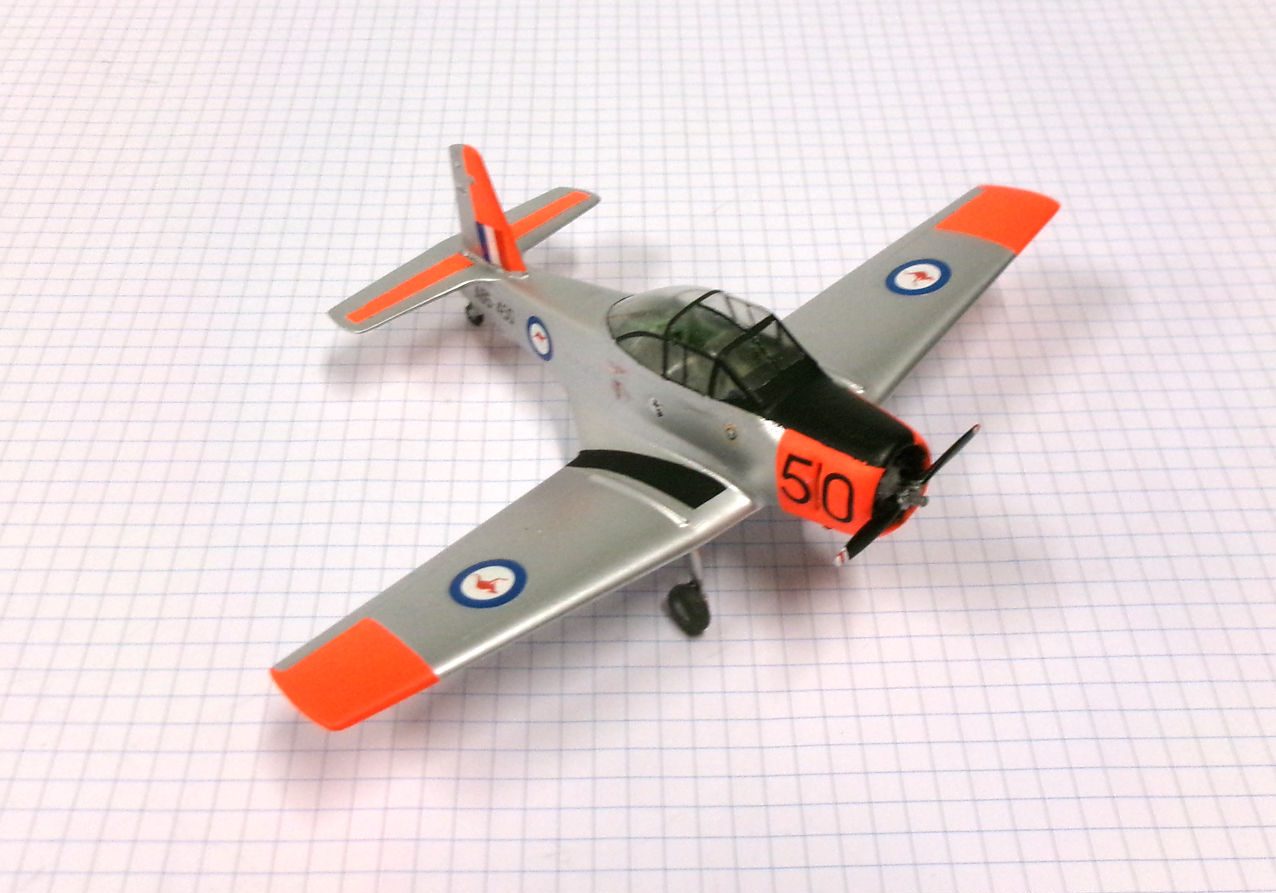There are only a handful of reasons why you would even think about making a model from this High Planes kit. You are dead keen to make all the aircraft flown by the RAAF and this is one that saw a lot of service as a trainer, and then in other roles, so you can’t avoid it. Or, you want to make models from kits that were published in Australia, and High Planes definitely fits into that category. Perhaps you might also like a challenge in your modelling journey, and this kit will certainly give you that. Alternatively, you might just be a masochist. Or perhaps you are all of them.
As for me, I’m up for the occasional challenge, small ones anyhow. I’m also on a pilgrimage to make a lot of RAAF aircraft, mainly to fill out the Special Display of RAAF aircraft in The Little Aviation Museum. On the other hand, I am only a fan of High Planes to the extent that they are the only kit maker to offer kits of some RAAF aircraft and thus I have to take what I can get. When it comes to masochism, I’ll let you be the judge on that.

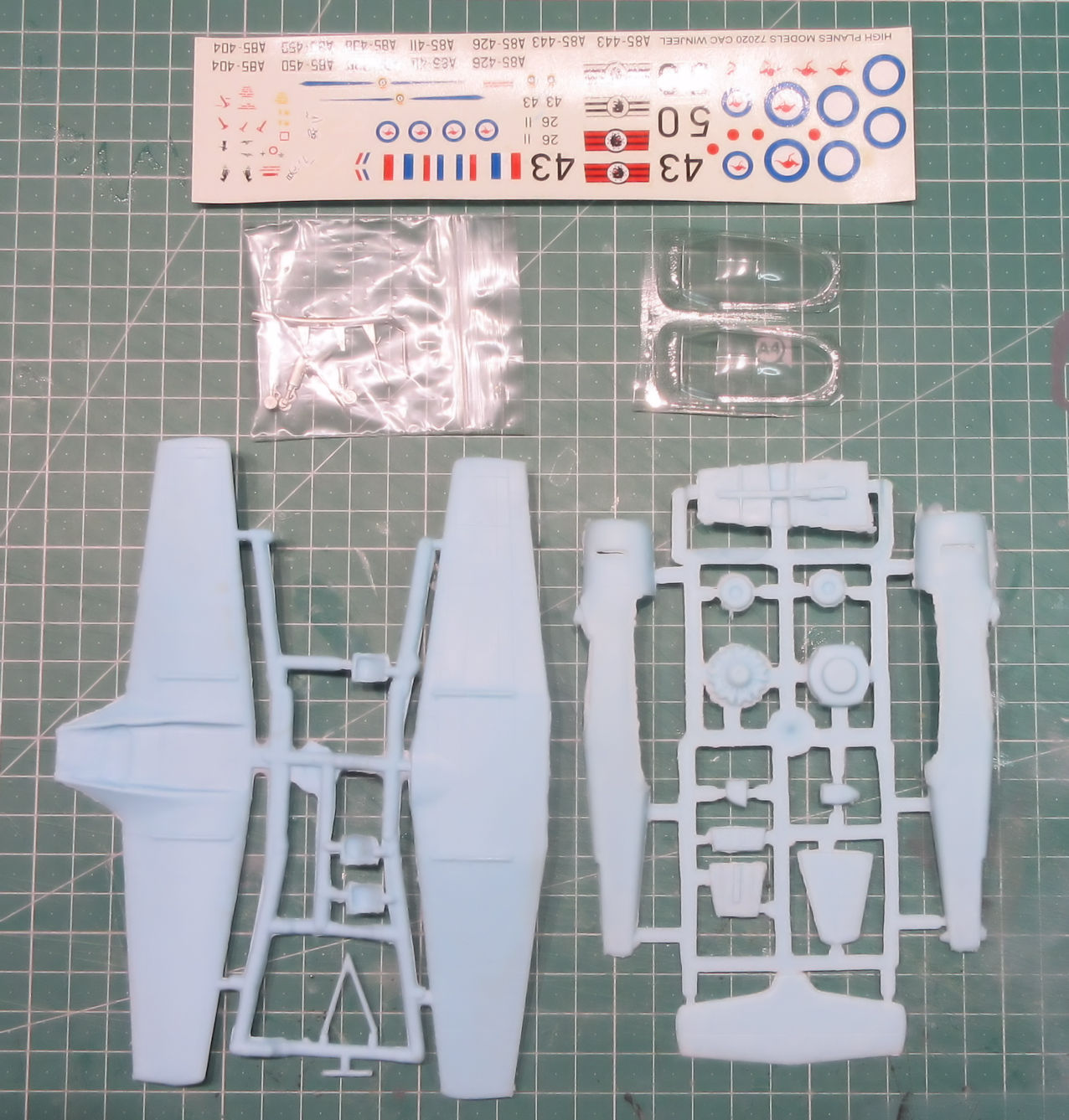
It would be tempting to say that High Planes and Mach 2 kits are on a par but I’ve seen photos of the latest Mach 2 kits and the comparison could be unfair. On the other hand, despite the sense of dread that occasions the opening of the boxes from these two manufacturers, it might be more informative to look upon those contents as some kind of statement about the national characteristics of those companies. The French sense of post-structural exposition on what a plastic scale model kit should be in a real post-lunch (encore vin rouge si vous plait Jacques) analysis should be read in every part of a Mach 2 kit with its laissez-faire attitude to accuracy and ease of build. In a similar but more down to earth fashion the Australian ethos of ‘she’ll be right’ and making do with what comes to hand rings true in a High Planes kit. If you can fix a ute broken down in the middle of the outback with only a hammer and length of barbed wire you will probably feel right at home with this High Planes kit.
There is something unnerving about a High Planes instruction sheet. It looks as thought everything you need to know about assembling the kit is there but it is only when you start trying to relate what you’ve read (twice) to how the parts go together that you find there is some kind of void between what’s in the instructions and what’s in the kit. If my memory serves me right some High Planes kits bear the warning ‘For Experiences Modellers Only’. This kit should but doesn’t. I cannot imagine what somebody who has only experienced your average Airfix or Hobby Boss kit would think if they tried to put this one together.
However, this is the third or fourth High Planes kit I’ve made recently so I only felt a slight level of anxiety and resignation to my fate as I started work on this model. The first and most important thing is to throw out the plastic blob that is supposed to be an engine, if for no other reason than the cooling slots on the back of the engine cowling allow you to see the back of the engine, and the kit engine doesn’t have one. The engine is a Pratt & Whitney Wasp Junior and I managed to find a relatively inexpensive resin one from Metallic Details which did the job. It did, however, take about a month to get here during which time I tinkered with the rest of the kit.
The simple truth is that it would be best to scratch build a new cockpit with new seats, instrument panel and etc, but I decided to do it the hard way using the kit parts as much as possible. Just as well I’m not entering this model in any competition, isn’t it? Doing this to any level of realism is not helped by the instructions and it would be best to find some decent pictures of Winjeel cockpits on the interweb. (Doing that exposes you to the danger that you are most likely looking at cockpits of restored and privately owned aircraft in which the owner has done goodness-knows-what to what was in the cockpit when the RAAF flew it.)
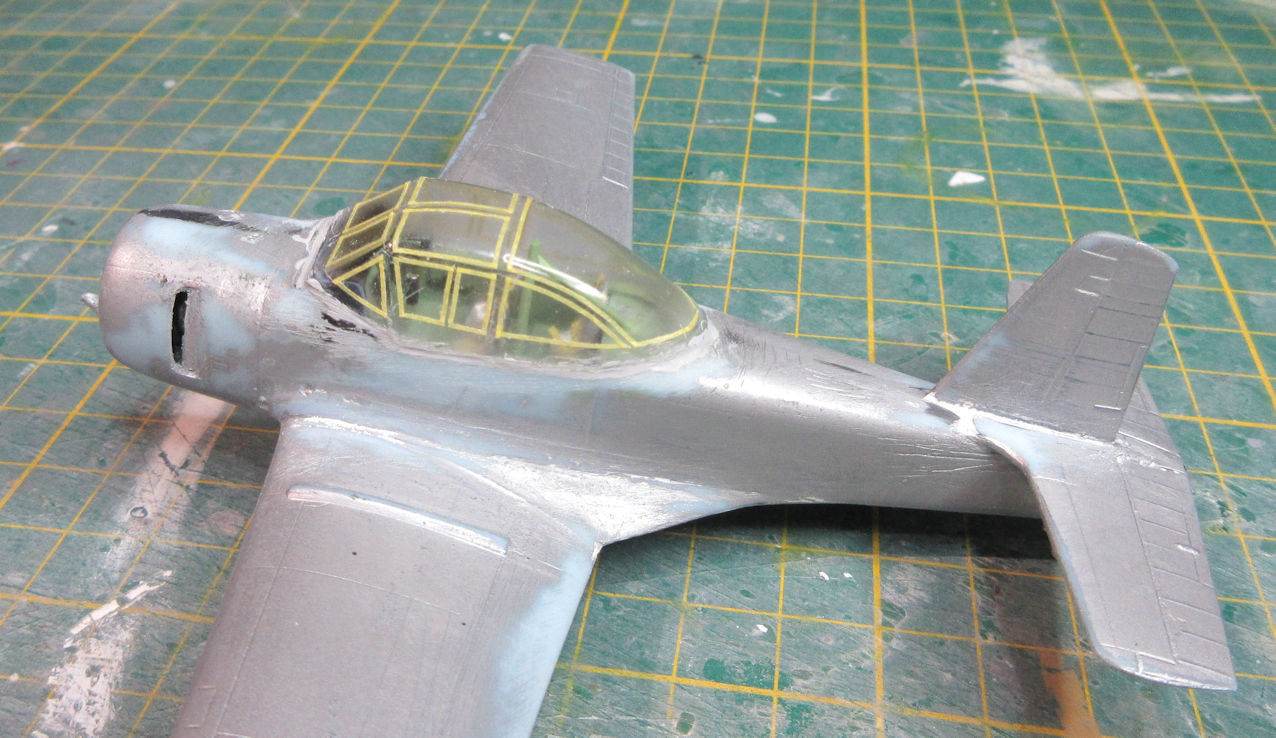
After that it’s all fairly plain sailing. If you don’t like vacformed canopies you’re not going to be really happy with this one which is more challenging then most. However there are two of them in the kit so you can have two goes at it if you make a mess the first time. And look at all that masking you have to do! The decal sheet and colour instructions are more than adequate with some decent options. I originally planned to make A85-404 which had nice little blue stripes down the sides of the fuselage but the decals disintegrated after only a little pushing around so I made A85-450 instead. To ensure that those decals survived the application process I gave them a couple of coats of varnish to hold them together, and that worked well. The decal sheet has some stenciling which is not mentioned in the instructions so you will need to go back to photographic references again.
Overall, I am quite pleased with how my Winjeel looks, but I won’t remember fondly the process of getting it to completion. Perhaps that’s the point with both High Planes and Mach 2 kits, overcoming unimaginable challenges to reach a fairly happy place at the end of the process.
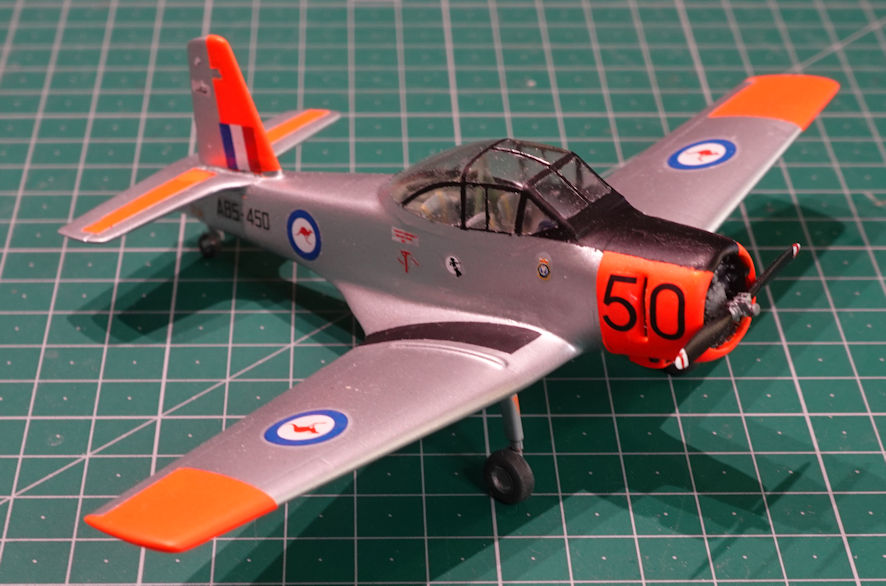
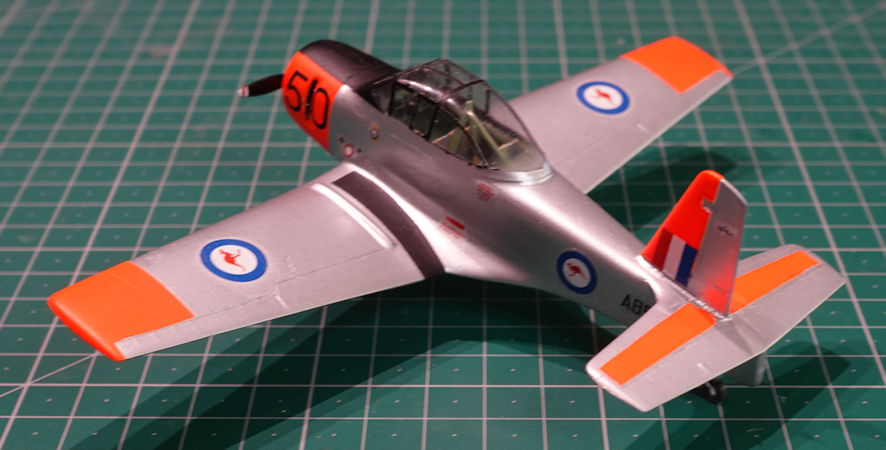
Leigh Edmonds
February 2024
